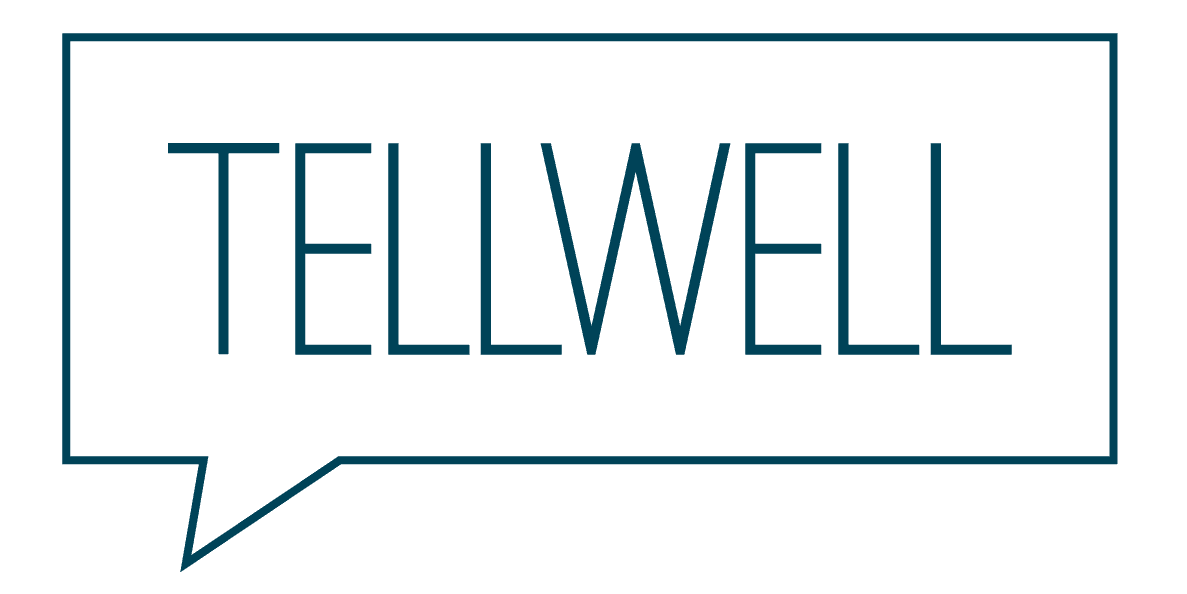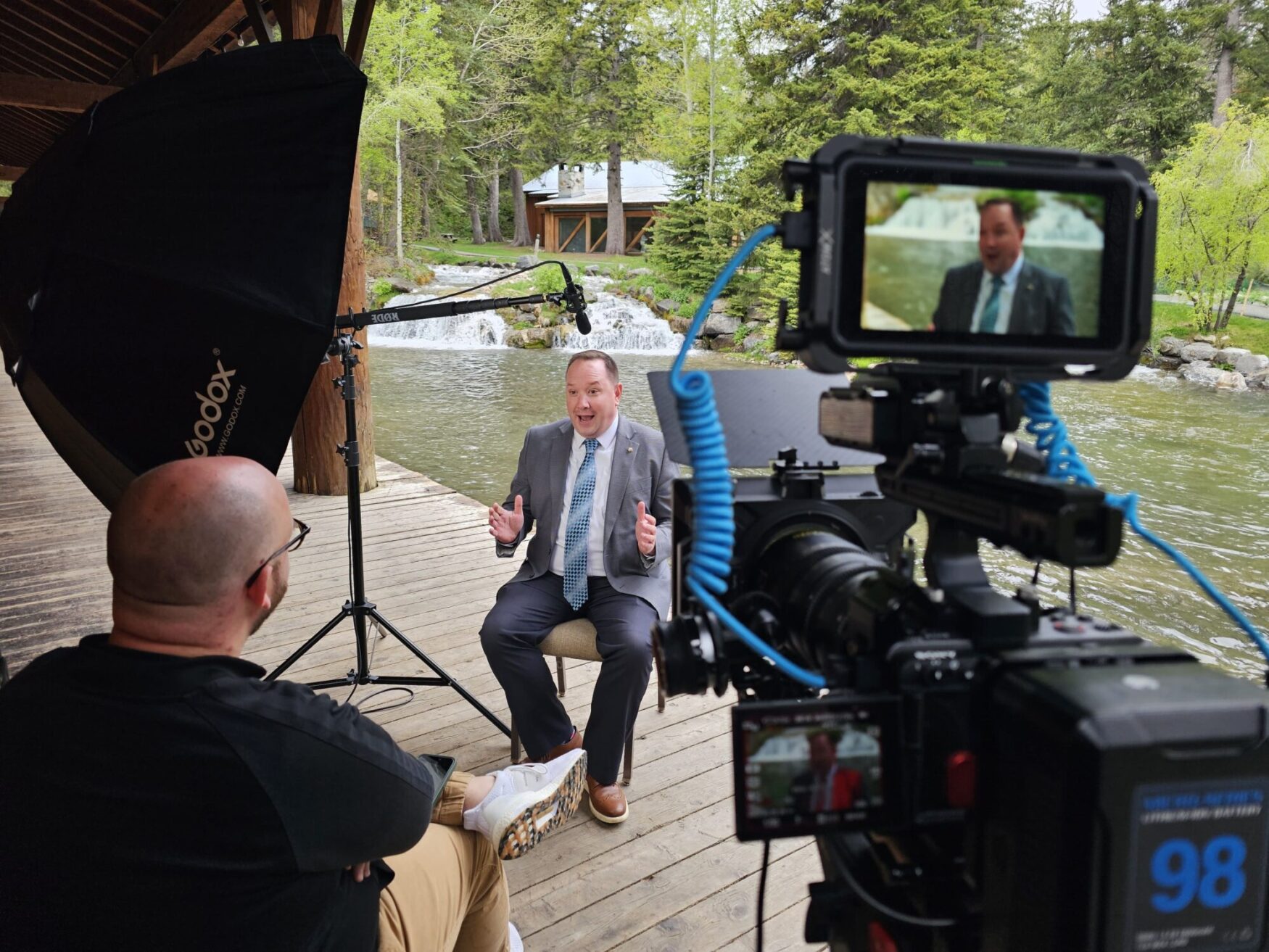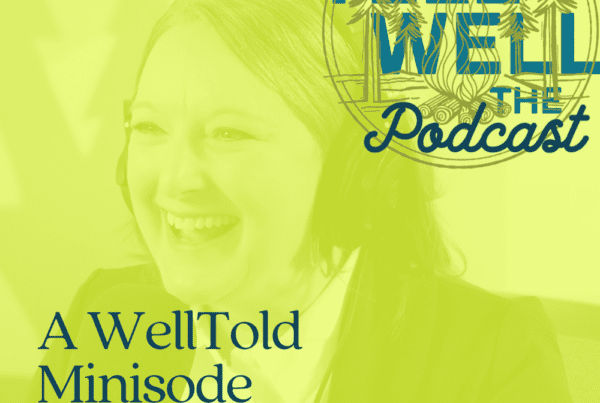Attention is fleeting, and brands are constantly competing to capture it. So, what sets a successful brand apart? A compelling story. People connect with stories. In fact, studies show that 92% of consumers want brands to create ads that feel like a story, not a sales pitch! But what if you think your brand doesn’t have a story? Spoiler alert: it does. Every brand has a story waiting to be told. At Tellwell, we help brands uncover and share theirs in a way that resonates deeply with their audience.
Crafting your brand’s story doesn’t have to be complicated. With the right framework, you can shape a narrative that captivates, inspires, and drives results. In this post, we’ll walk you through our proven process to write a brand story—even if you think you don’t have one. Let’s dive in!
What is a Brand Story, and Why Does It Matter?
A brand story is more than just a tagline or a catchy slogan. It’s the foundation of how your brand communicates its values, mission, and the journey that brought it to where it is today. A well-told brand story creates an emotional connection, builds trust, and gives your audience a reason to choose you over your competitors.
But where do you start when creating your brand story? The answer lies in a timeless storytelling framework: The Hero’s Journey.
1. Understand Your Audience’s Problem
Every great story starts with a problem. Before your audience can care about your brand, they need to see that you understand their challenges. The key to writing a compelling brand story is to position your customer as the hero of the story—after all, people relate most to their own experiences. What issues or pain points are they facing?
For instance, think about the frustration your potential customers experience daily. Whether it’s time management, financial uncertainty, or simply trying to find a product they can trust—your brand story should start by acknowledging those struggles. This is where the emotional connection begins.
Tip: Use empathetic language to show your audience that you truly get them. Avoid sounding overly corporate—humanize the problem.
2. Position Your Brand as the Guide
Once you’ve clearly articulated the problem, it’s time to introduce your brand. But here’s the twist: you are not the hero of this story. Your brand should act as the guide. In storytelling, the hero often needs a mentor or guide to help them navigate their journey. In your brand story, that’s you.
By presenting yourself as the guide, you’re showcasing your expertise and offering solutions without overshadowing the customer. This establishes you as a trusted advisor, ready to lead your audience toward their own success.
For example, Tellwell helps brands understand their story and share it in ways that deeply resonate with their audience. We use storytelling expertise and insights to guide brands through this process.
Tip: Share your experience and expertise, but always keep the focus on how it benefits your audience.
3. Outline the Plan
A good guide doesn’t just offer wisdom—they offer a plan. Your audience needs a clear, actionable roadmap to success. Without a simple plan, your audience may feel overwhelmed, unsure of how to take the next step.
Break down your plan into three simple steps. Why three? Studies show that the human brain remembers things best in groups of three. The plan should be easy to understand and achievable, giving your audience confidence in your brand’s ability to deliver results.
Example Plan:
- Identify the Problem – Understand your audience’s biggest pain points.
- Provide the Solution – Show how your brand can address these challenges.
- Call to Action – Give clear, direct instructions on what the audience should do next.
Tip: Make sure your plan includes a clear call to action, whether it’s signing up for your newsletter, scheduling a consultation, or purchasing a product. Be direct, but not pushy.
4. Paint the Picture of Success
Finally, your brand story should help your audience envision their own success. How will their lives improve once they’ve engaged with your brand? Use testimonials, case studies, and examples to highlight real-world successes. This provides social proof, showing potential customers that your brand can help them achieve their goals too.
At Tellwell, we often share stories of how we’ve helped brands not only tell their story but also transform their customer engagement and brand loyalty. Painting a picture of success helps your audience visualize the positive outcomes of working with your brand, motivating them to take action.
Tip: Incorporate success stories that reflect your audience’s own goals. The more relatable, the better.
Crafting a brand story is not just about promoting your products or services; it’s about connecting with your audience on a deeper level. At Tellwell, we believe every brand has a unique story waiting to be told, and we’re here to help you uncover yours. Whether you’re just starting out or looking to refine your existing story, we can guide you through the process and ensure it resonates with your audience.
Ready to captivate your audience and elevate your brand? Let’s tell your story together!




